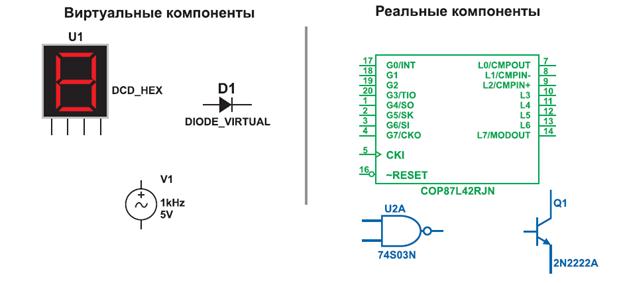History of the Book
About 10 thousand years ago in Samaria which is modern day Saudi Arabia the book begins its journey as a clay tablet. This name is in the near the way to keep record of crops and livestock, so they began making clay tablets to write on. The simple form of writing that they invented called Cuneiform (“wedge shaped”). They used sticks to write on the tablets and then maybe laid them out in a sand to harden them. However there had to be a better way… “Yes, I think it’s done”: “Did you break another one?”… This better way came around 3500 B.C. in Egypt. The Egyptians had developed the more complex form of writing with pictures called “hieroglyphics”. They also invented a type of paper to write on. This first form of paper was made from the tall rave that grew along a Nile river called a papyrus plant. Papyrus became a major industry for the Egyptians, and they begin to export it. With this new business Greece was their best customer. The Greeks began to make scrolls out of the papyrus. This scrolls were light way and easy to carry. Since Greece was a world capital of learning in those days, scroll made it easier for scholars, teachers and others to carry important information with them. The Greeks also invented a form of writing. It was an alphabet of 24 symbols called letters. Around 146 B.C. the ever-growing Roman Empire conquered Greece. They too helped the book progress. They wrote on thin wooden boards which they punch closely and then tight together. This wooden book became known as the codex. In order to write in these new books they applied wax to the wood, allow time to let it dry and then a writer would scratch the letters into the wax. These wooden books were soon replaced by ones that had papyrus pages. That was making it even easier to use and carry. Today codex is a technical term for any book made up of multiple pages bound together. We can… pay the Graces for this new progress. Next, the use of parchment of starched animal's skin made the book even more like the ones we use today. The skins were bleached and robbed smooth. There are many advantages to using parchment. It was last likely a tare, ink could be erased if needed, it could be painted and you could use both sides of it. This form of the codex with parchment was the first version of the modern book. In regard to the book the Chinese were writing on palm leaves that have been plant. These flatten leaves have been in placing together like a fan to be read. The Chinese wanted a better more practical material though and they finally found it when in 105 A.D. the world's first sheers of real paper were invented. With this paper they made books that were written by hand. Eventually they developed a print-making method called woodcut which made illustration making multiple impressions on the same page easier. Because of this new paper the Chinese changed how they made books. They began to glitter pages together and folded them “accordion style”. Unit 7 Task 5 How It's made books Book bindings date back to second century, Egypt, where Christian Moncks sawed sheets of papyrus together, then enclose them in letter cover boards connected by strips of high. Moncks in Medieval Europe stitch together hand written parchments, binding them between wooden boards often covered in leather, sometimes even embellished with gold leave and jams. The 16 century saw the arrival of cheaper printed books with simple case board bindings. Today commercial book binding is highly mechanized. The process starts with large sheets of paper, each containing several consecutive pages of the book. A worker positions a stuck of each sheet into a machine appropriately called the guillotine. Its sharp blade drops down and sharps off access paper. After trimming the stuck moves into a machine called the folder which falls each sheet into book size with the pages and the right order. As we see here in slow motion, the machine starts by perforating the fold line. Then the sheet moves along the conveyer belt until it hits a stopper to the fire right. That stop position aliens the perforation between two rollers. Watching slow motion how those rollers pull the page down pressing a need fold. This process repeats itself for each fold of the sheet. The result of all that folding is what’s called a signature – a unit of pages in the correct order, but still attached each other. A book is made up of several signatures. Another machine now assembles them in the right sequence along with the cover for binding. There are many different binding methods. This one is called wire stitching. As we see here in slow motion, the machine drives heavy duty staples right through the spine of the signature’s uncover. The staples are cut from steal wire that’s so strong. You have to tear the book apart to remove them. Here's another slow motion. Look at that stapling action.
|




